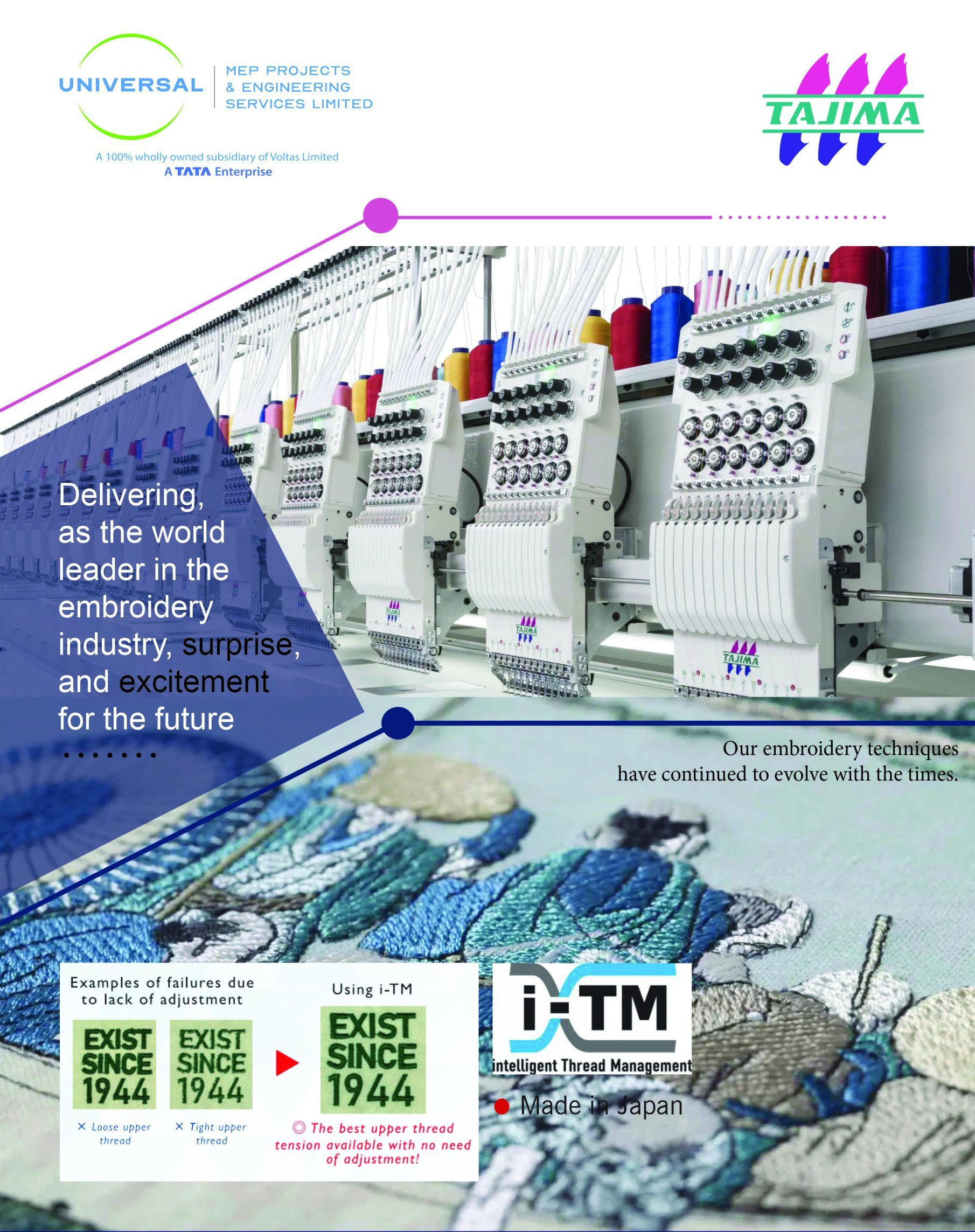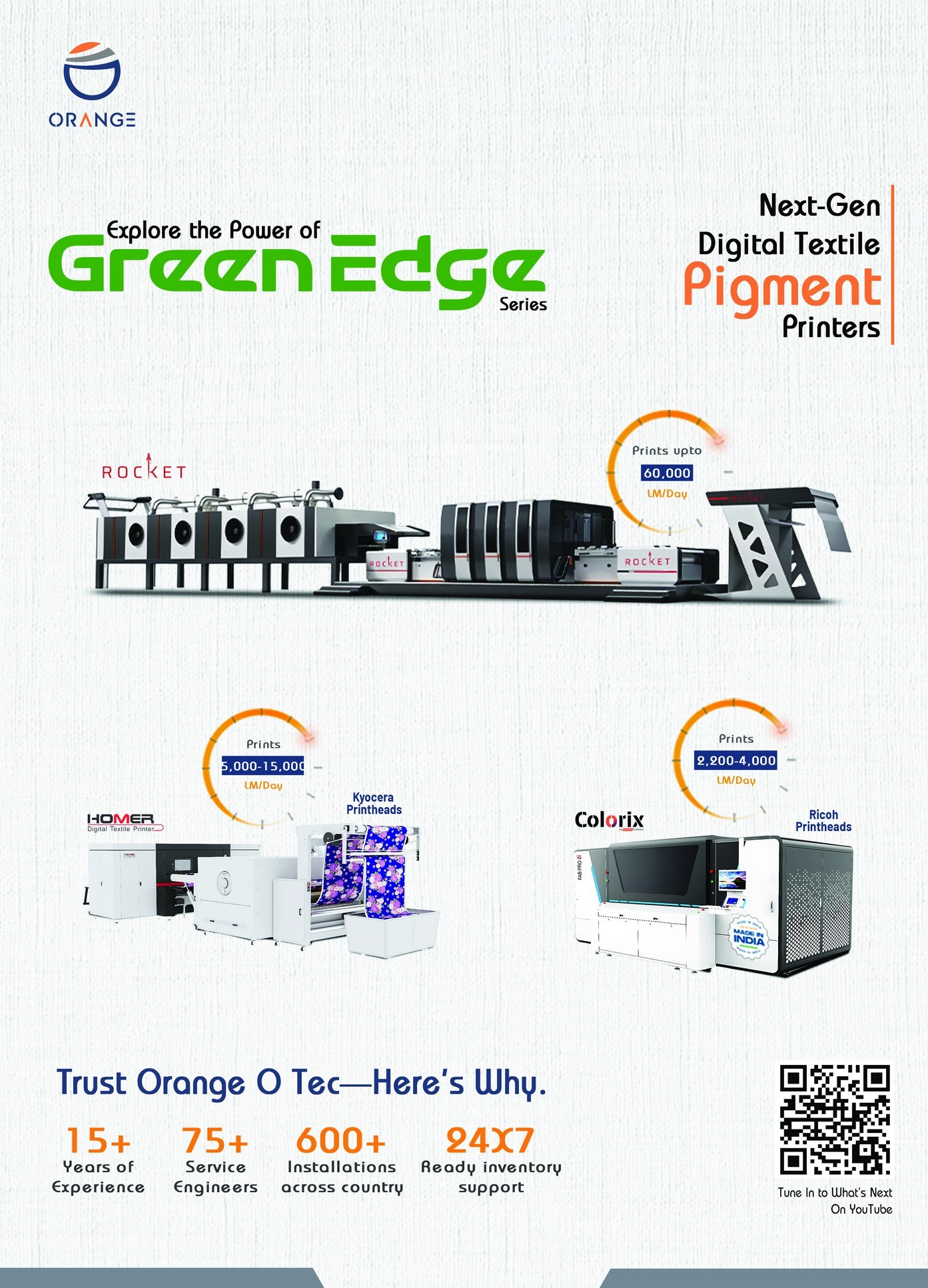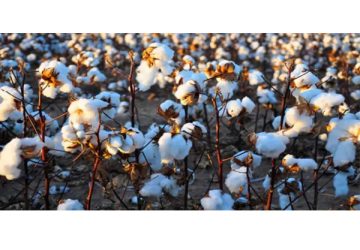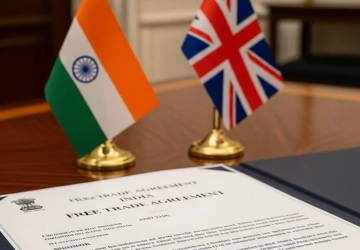India’s textile and garment industry has received a major boost after the Comprehensive Economic and Trade Agreement (CETA) with the UK.
Here’s my take on why this pact matters and what we must do next to capitalise on this.

Back in the early 90s when India was opening up, annual trade with the UK barely registered. Fast forward to the present, it stands at $1782 million a year.
This shows India’s rapid growth and Britain’s focus on India as a strategic market.
Interestingly, the UK was India’s #2 trading partner in the late 1990s. Today, as India’s trade has diversified with partners like the EU, US, China, and the Middle East, the UK ranks around 18th in India’s export markets.
On the flip side, India’s importance for UK trade risen to $1.79 billion in 2024, making India 11th largest trading partner of the UK’s global trade.
By 2019 bilateral trade reached $30 billion, and continued to rise post-pandemic, hitting $54.9 billion in the four quarters to Q3 2024. Investment is strong too: as of 2023, UK FDI stock in India was $23.3 billion, while Indian FDI stock in the UK was $17.6 billion.
India’s Textile Engine
Our textile and apparel industry contributes 2.3% to India’s GDP. Over 45 million people are employed because of it. It generates one-tenth of India’s export earnings.
We are the world’s second-largest producer of textiles and garments, and the sixth-largest exporter, spanning apparel, home, and Human Protection Wear. We hold a 4.6% share in global textile and apparel trade.
Total exports during FY25 stood at $37 billion, led by RMG (44%), followed by cotton (33%) and MMF (13%). Textile exports are expected to reach $65 billion by FY2026.
The UK Opportunity – Pre and Post-CETA
Before this agreement, Indian textile and apparel exports to the UK faced 12% import duties, while other countries enjoyed zero duty under their LDC status. This diminished India’s competitive edge despite our quality.
India is currently the 4th largest supplier of textiles and apparel to the UK with a 6.6% market share. The CETA is expected to unlock significant growth.
The Advantage India strategy
Western buyers are increasingly diversifying away from traditional sourcing hubs due to cost, compliance, and political risk.
Recent numbers indicate this shift:
• Indian apparel exports grew 11.3% YoY in May 2025, despite flat global demand
• The Confederation of Indian Textile Industry (CITI) projects the $120 billion market as “the single biggest window” for India, provided raw material costs remain competitive
Major global brands have already begun engaging with Indian manufacturers. If India captures even 10% of another country’s current share, it could generate half a million new jobs domestically.
This is the moment for Indian brands to capitalize on their vertically integrated capacities, design studios, and sustainable manufacturing platforms.
The Human Protection Wear
Cotton remains core strength, but the real potential lies in man-made fibre (MMF) and Human Protection Wear. India’s market for these products is currently the 5th largest globally and is projected to grow to $23.3 billion by 2027, with the global market expected to reach $309 billion by 2047.
Globally, 70% of textile consumption is MMF-based, but India’s product mix remains the opposite. In the global MMF and technical textile segments, India’s market share is still modest.
With strategic policy support, these numbers could grow by 25-30% over the next five years.
CETA aligns with these ambitions. The UK’s defence-industrial roadmap with India, signed alongside the trade agreement, emphasizes co-development of high performance materials for aerospace and mobility platforms further validating the focus on Human Protection Wear.
To fully harness this opportunity, policymakers must remove import duties on MMF raw materials like polyester and viscose and eliminate Quality Control Orders (QCOs). These steps would improve cost competitiveness and attract global clients.
The way forward
Key action points ahead include:
• Expanding capacity in MMF and Human Protection Wear before new demand surges
• Investing in R&D and innovation to boost design and sustainability leadership
• Embracing closed-loop recycling and traceable, circular apparel to meet retailer expectations
• Using government incentives to build skills for next-gen manufacturing
• Leveraging FTAs for joint innovation not just tariff reductions
The India–UK CETA is a start, if industry and government continue to collaborate; we can take Indian textile and apparel exports from $500 million to $800 million before 2030.
















